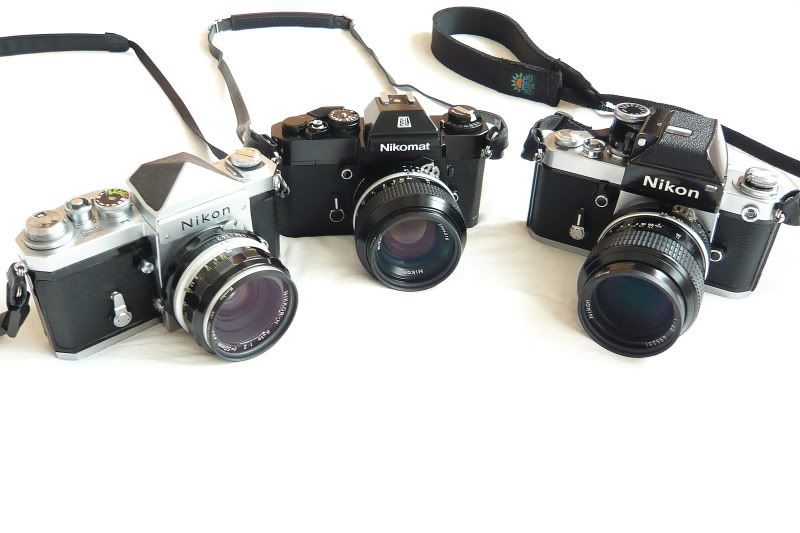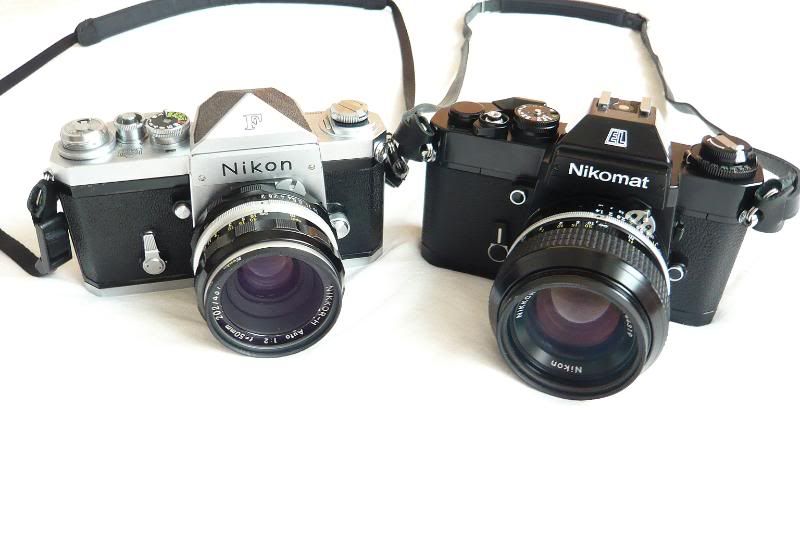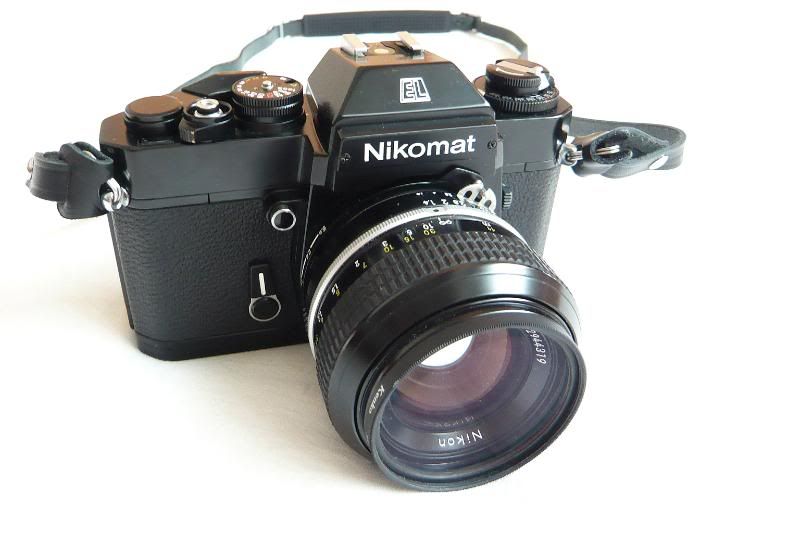milosz
Distinguished Member
- Joined
- Oct 16, 2008
- Messages
- 3,883
- Reaction score
- 11
Dude. This was an argument once upon a time, but in the era of 12-21 megapixel, full-frame sensors it's pretty much settled. Those sensors are perfectly acceptable for anything and everything you might want to do. A 12mp D700 image can be printed at 16x20 or larger without really being altered in any way - and will be suitable for print sale.if we are talking 35mm vs digital slr, the film will have more resolution if scanned well. i know you can up-res in photoshop, but you can up-res a scanned file as well, so the film still has the edge. if a client wants a 4000x6000 file, i'd prefer a scanned slide to something up-res'd from a digital slr.
And convenience is kind of a big deal. A huge deal, really. The film area of 6x6 is only relevant if you can output it to its fullest capabilities.if we are talking digital mf versus mf film, using film can end up less expensive, depending on the situation, gives higher i.s.o. capability, and will still give higher resolution. you can get over 8000x8000 real pixels from a 6x6 slide. the only issue is convenience.
You've got a few options:
traditional chemistry - aside from battling dust, perfect exposure, dodging and burning, etc., you better have your enlarging lens in perfect alignment, sturdy top, etc.. Maybe a few printers out of every 100 are printing to the full capability of their media.
flatbed scan - the affordable digital option. Gives you output somewhere in the realm of 8x8" for a 6x6 negative/slide without sacrificing quality. Maybe larger if you wet mount, figure out the perfect scan height, sacrifice a lamb, etc.. I'd actually like an Epson V750 because all the medium-format I shoot now goes through toy cams.
dedicated film scanner - $2000 entry fee, banding problems on the only remaining brand (Nikon), need a $200 accessory for good quality, get used to battling dust, etc..
lab drum scan - fabulous quality, granted - but you could lease a rather nice car for two months for the cost of scanning 12 shots of 6x6.
Higher ISO capability - no way, dude. I shot a lot of Delta 3200 and TMax 3200 once upon a time, neither holds a candle to a full-frame sensor (or even a current APS-C sensor). For its flaws, lack of magic, etc., digital does have unbelievable low-light capabilities.
A drum scan will cost you $50+ per frame. The realistic option for working photographers, artists, hobbyists, etc. is scanning the vast majority of work yourself, and that's a real hassle.i don't know what you mean by 'bullshit' with scanning film. just hand it to the lab and say 'scan this for me.'






